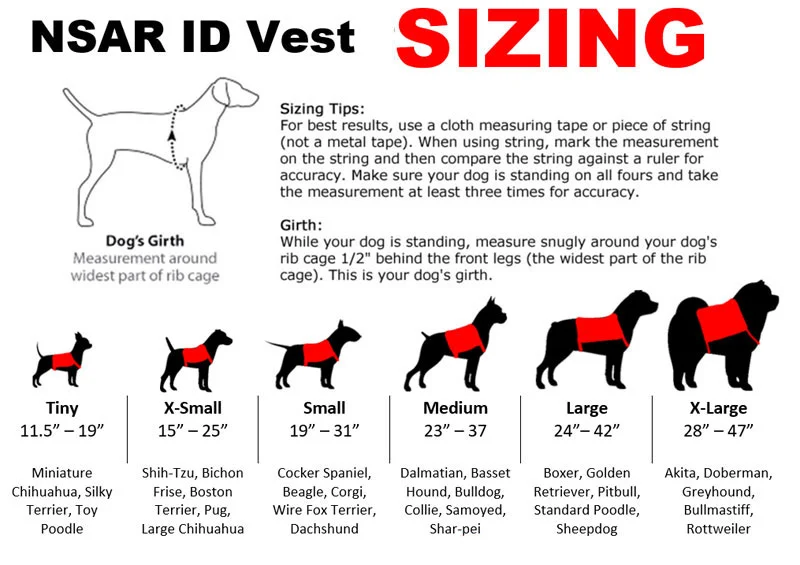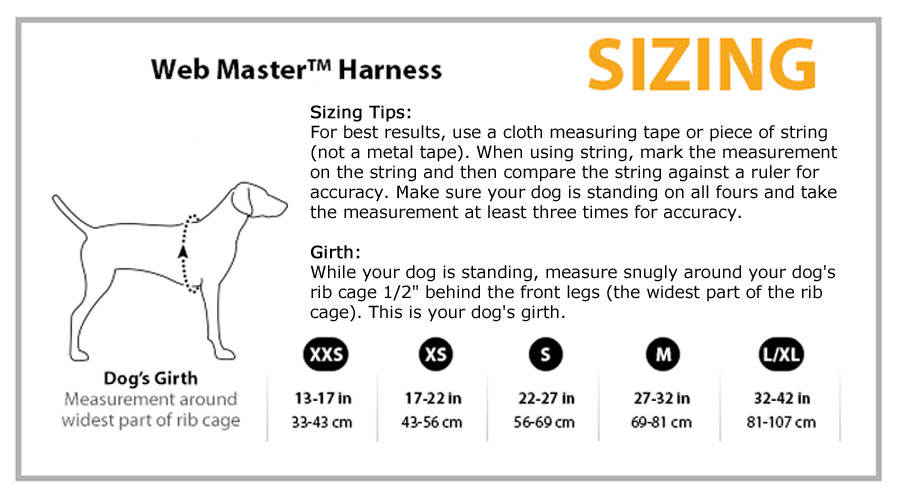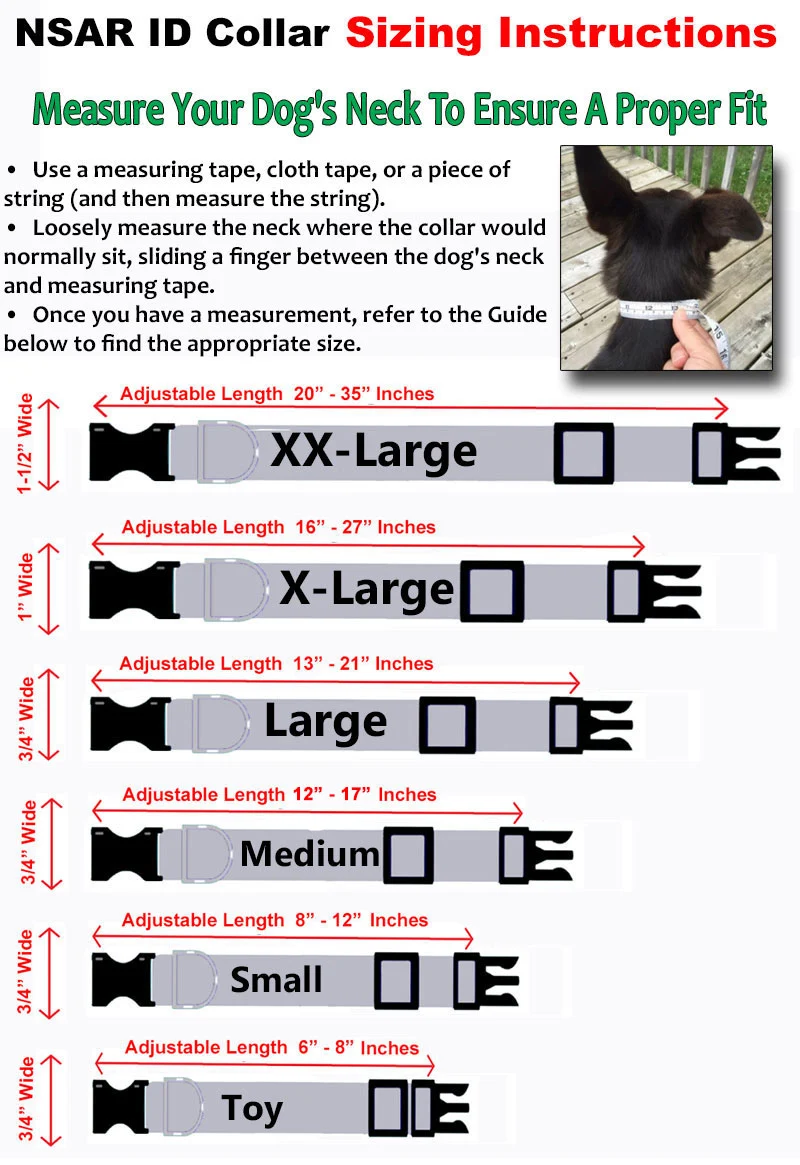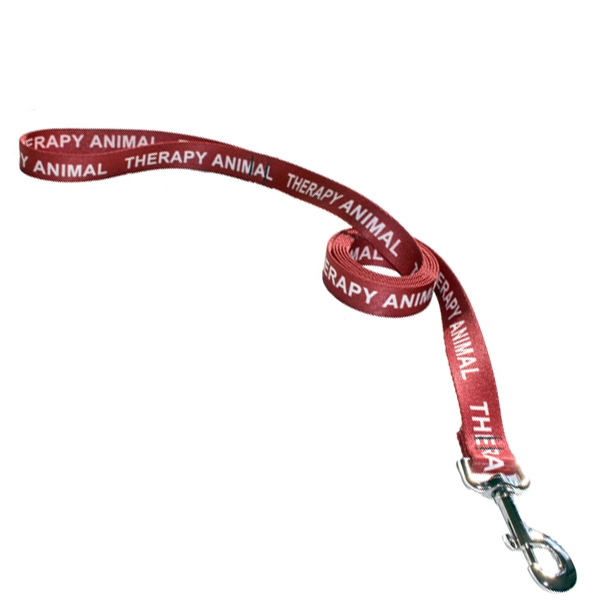Portland, Oregon is a pet friendly location that loves seeing your companion animal. Whether your dog is a pet, an emotional support dog, or a service dog, you’ll find plenty of places you can go with your animal. Your service dog will love a little off duty time as part of your trip, and even if your dog is just a pet, he’ll still find lots of reasons to keep that tail wagging at these great places.
Hotel Monaco
If your just visiting, finding pet-friendly lodging can be a challenge in many different cities. A hotel cannot refuse your service dog, but if it is an emotional support dog the same rules don’t apply. Hotel Monaco is the perfect solution, as they accept any breed of dog regardless of size. Located on Southwest Washington Street, it’s just a 12 minute walk from the Portland Art Museum, and a couple of miles from the Japanese Garden.
Mt Tabor Dog Park
If your service dog is craving some off duty time, the Mt Tabor Dog Park has a little bit of everything. While you enjoy the exquisite views of a dormant volcano and old growth forest, your dog can meet with others in an off-leash park, as well as accompany you on on-leash adventures elsewhere in the park.
The rules are strict on where a dog may or may not be off leash, so pay close attention before releasing your dog. The dog park is located at 6336 SE Lincoln St and is open 5AM-Midnight.
Dog Friendly Eateries
While your service dog won’t have any problems getting into the restaurant of your choice, if you have an emotional support dog or just a pet, you’ll need to stick to dog friendly dining. Luckily, Portland has an abundance of dog friendly places you can eat.
A favorite among tourists and regulars alike is the Lucky Labrador Brewing Company. They have an outdoor patio that all dogs are welcome on, and regularly hold dog friendly events such as “Dogtoberfest” and “Barks and Brews.” If you’re interested in giving it a try, it is located on 7675 SW Capitol Hwy.
If you’re in the mood to spoil your service dog, the “Tin Shed Garden Cafe” not only has a dog patio, but a doggie menu! Located at 1438 NE Alberta St, Portland, your pet will delight in the treats they have in store.
Hip Hound
Regardless of whether you have a service dog, an emotional support dog, or a favorite friend, you’ll need to resupply your dog’s basic needs at some point. The Hip Hound is a trendy place you can get everything from natural dog food and grooming supplies to toys and treats. It is well liked due to how friendly the staff is, so if you have any questions you won’t have a problem getting help. Located at 610 NW 23rd Ave, Portland, they are our top recommended store.
Top rated medical care
Keeping your dog healthy is always important, but when you own a service dog or an emotional support dog, top tier health care becomes even more important.
Mt. Tabor Veterinary Care has it all when it comes down to good quality veterinary care for your dog. Each exam room is comfortably decorated to look like a living room, so your dog can feel more comfortable during his stay. On top of this, they offer top tier veterinary service, and a fear free clinic. Located at 4246 SE Belmont St., Suite 1, Portland, 97215 they are happy to give your service dog the loving care it needs.
Explore Washington Park
Washington Park is a huge 420 acre park that encompasses several different gardens, an arboretum, a children’s museum, and a zoo. It also has a number of hiking trails criss-crossing it, and much of the park is dog friendly.
If you love hiking and touring beautiful gardens, this is the perfect spot for you and your canine. Your emotional support dog or pet is welcome in the gardens and the arboretum on leash, but service dogs only for the zoo and museum.
If you are planning a visit to Oregon Zoo with your service dog, ask for a copy of their service dog map. Due to the strong reaction the animals may have, certain areas of the zoo are restricted even to service dogs, and other areas require you and your service dog to move through as quickly as possible for the safety of everyone. No kennels are available for service dogs should you want to visit these areas, so you may need to plan ahead.
A service dog vest may also be helpful here, in order for the zoo staff to help get you the map you need and other important information regarding the zoo right away.
You can visit all these wonderful things and more at 4033 SW Canyon Rd, Portland, OR 97221.
Portland Saturday Market
There are few ways to make shopping more fun than visiting an open air market. The Portland Saturday Market features an abundance of vendors selling everything from fresh fruits and vegetables to homemade candles.
This market is special because it is nationally recognized as the largest continuous open air market in the United States. It’s also pet friendly, so feel free to take your emotional support dog along for the trip. You’ll also find lots of pet related booths, so if you were hoping to get something special for your service dog or emotional support dog, you may find it at one of the many booths available.
Despite the name, they are open both Saturday and Sunday, all year round. Visit at 108 West Burnside any weekend.
Portland, Oregon is a wonderful place for dog lovers to visit and live. If you’re planning a visit or a move to Portland, Oregon you’ll love these wonderful opportunities for you and your beloved animal to enjoy.























